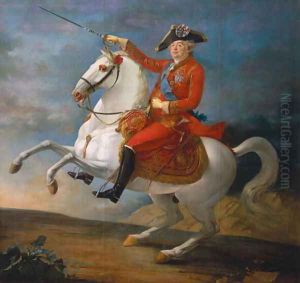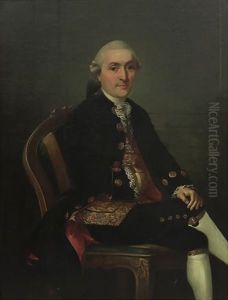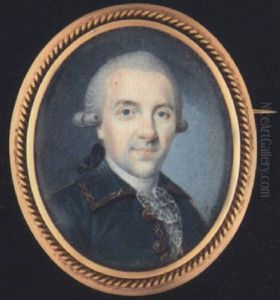Jean-Baptiste Francois Carteaux Paintings
Jean-Baptiste François Carteaux was a French painter and general born in 1751 in Saint-Pol-sur-Mer, a commune in the Nord department in northern France. He demonstrated an early talent for art, and despite his later military career, he continued to be recognized for his artistic endeavours throughout his life.
Carteaux began his artistic training in Paris, where he became a respected painter. In the years before the French Revolution, he was known for his portraits and genre scenes, which were well-received in the art market and by private patrons. However, detailed records of his artistic output are scarce, and many of his works have likely been lost or remain unidentified.
With the onset of the French Revolution, Carteaux's life took a dramatic turn as he joined the revolutionary forces. He rose through the ranks and became a general in the Revolutionary Army. His military career was notable for his role in the Siege of Toulon in 1793, where he commanded the forces that expelled the British and Spanish fleets, a victory that also marked the rise of a young Napoleon Bonaparte, who served under his command as an artillery officer.
Despite his military successes, Carteaux's career was marred by political intrigues and the turbulent nature of the revolutionary government. He found himself at odds with the political authorities and was eventually arrested during the Reign of Terror but was later released.
After his military career waned, Carteaux returned to art, but his later works and contributions to the art world during this period remain poorly documented. Carteaux's life is an example of the complex interplay between art and politics during the tumultuous years of the French Revolution. He passed away in 1813 in Paris, leaving behind a legacy that is remembered more for his military service than his artistic contributions.


